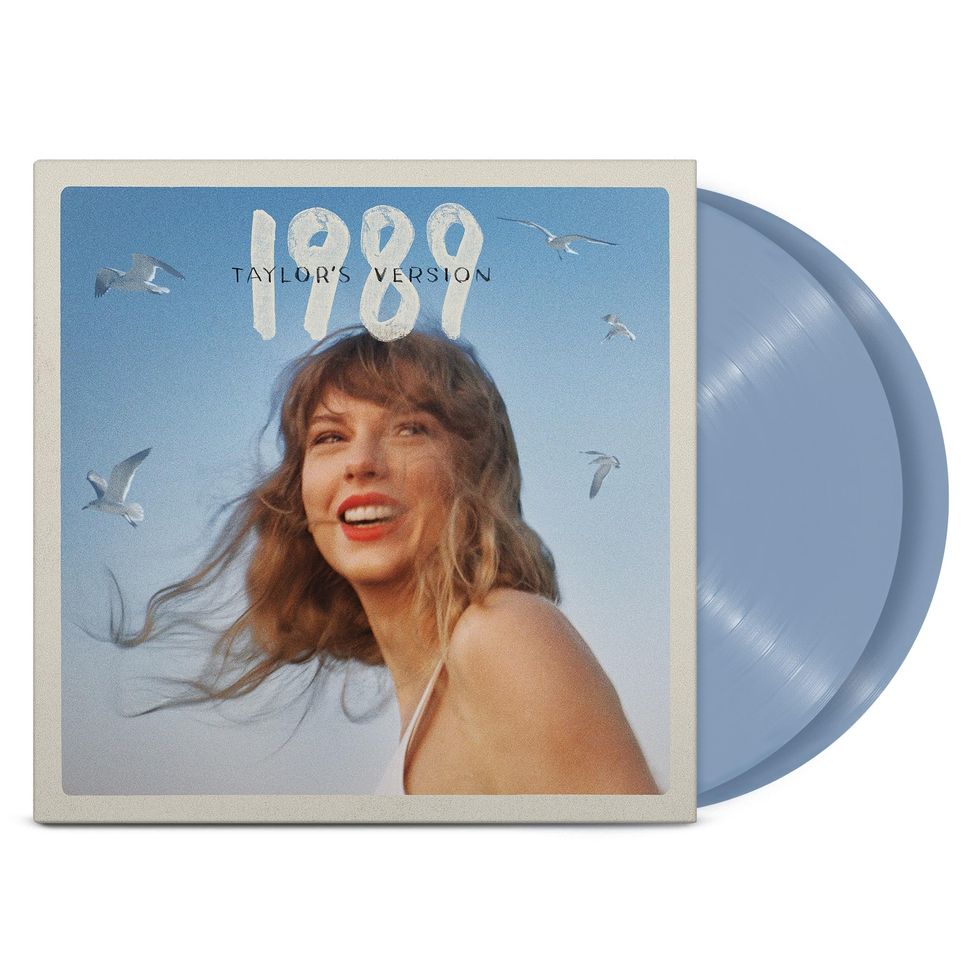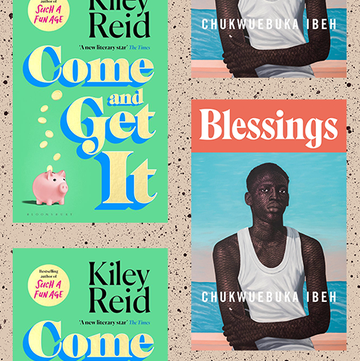On the bridge of “Karma”, the glittery mantra from Taylor Swift’s record-breaking Midnights, the pop star, channeling Ozymandias, sings: Ask me why so many fade, but I’m still here. The line is both an order and a dare. It is also a good question. Pop stars, like the astronomical objects they are named after, are not supposed to last. They burn bright for an album cycle or two (or three, if they’re really good) and then explode into scandal or worse, nothingness.
Swift, 33, has done the opposite. Today she releases her version of 2014’s magnum opus 1989, a result of a dispute with a former record label over the sale of her masters. 1989 (Taylor’s Version) features souped-up recreations of the original 13 songs, bonus tracks and five unreleased tracks. It’s an intriguing, if slightly exhausting, venture with strange creative results (the new versions often feel like unwelcome software updates: technically stronger, but you’re used to the old way of doings things). If the success of the past re-recordings is anything to go by, it will storm the charts.
Pre-1989, Swift was a wildly successful country artist who had released a string of bestselling albums. But 2012’s Red, a sprawling country-pop exploration of heartbreak, did not win the Grammy for Album of the Year. As she tells it, on the night of the Unwon Grammy, the idea for 1989 arrived, a shimmering homage to the sounds of her birth year. Everything fell into place: Swift moved to New York, befriended Lena Dunham, and hooked up with some killer producers (Sweden’s Max Martin and Shellback, New Jersey’s Jack Antonoff). She got a bob. When 1989 dropped in October, it sold 1.2 million copies in its first week. She won that Grammy.
Yes, there were the ‘80s synths and the Swedish hooks. There was the fever about Swift’s squad and rumoured romance and Buzzfeed articles about her post-gym outfits. But listening to it now, what is most obvious is that 1989 is the first great situationship album. Those late-night conversations where you’re the only people in the world? Play “Wildest Dreams”. Do you have someone in your life who loves you and leaves you hanging? Try out “Style” or “I Wish You Would”. Want that person who walked away to turn up at your doorstep carrying roses and a sorry expression? Listen to “How You Get The Girl”. And, if you’re fairly sure it’s not delusion but actually true, can’t-be-screwed-up love, there’s the exquisite “This Love”.
The re-recording adds a few intriguing chapters to that: in the finest vault track, “Now That We Don’t Talk”, Swift sings of the agony of muted conversations in snipes (I don’t have to pretend I like acid rock) and sorrow (did her ex get anxious on the way back from a party without her company?). Even the recreations are more interesting this time round: “Welcome to New York” finally sounds like an anthemic album opener, without the production help of Martin and Shellback “Shake It Off” sounds a little lifeless.
A week after I turned 21, Swift released 1989. A week after I turned 30, her re-recording arrives. 1989’s double life is a clearer measure of time passing than any pandemic, and I suspect that’s true for many listeners my age. As Esquire noted in its review of Midnights, 1989 is this generation’s Thriller or Like A Prayer (two albums which have enjoyed multiple reissues). At 21, it was possible to relate to the album’s themes – in its brightest moments, the joys of finding love, at its most vengeful, the loss of it, and in its most wistful tunes, the return of it – and spoiler alert, at 30, it is entirely possible to relate to those feelings. More than likely, they will hit harder.
If my feelings haven’t changed, others have. In news that might shock the youth: Pitchfork did not review 1989, but did deem Ryan Adams’ 2015 sad cover version as fit for coverage. (The music site later reviewed Swift’s first five records, rating 1989 7.7/10.) Things change: when Midnights dropped in 2021, Pitchfork provided a full-length review and a podcast to discuss the album. 2020’s pandemic releases Folklore and Evermore may not have produced a string of chart hits – which album recently has? – but they earned Swift new fans. These albums, with help of The National's Aaron Dessner and Bon Iver collaborations, appealed to an older, daddier demographic. Swift has reached the widest possible appeal: liking her music in 2023 is as distinctive a personality trait as going to the cinema or drinking water.
Some things don’t change. On the release of 1989 (Taylor’s Version), Swift is still the most famous person in the world: she has a bestselling tour, a four-year-old song at the top of the charts, a concert film selling out cinemas. We are witnessing another high-profile romance. Amid sonic updates and new tracks, the most startling aspect of this album is how viscerally it both transports you to 2014 and also reminds you how huge Swift is in 2023. You don’t need to ask why so many fade. That’s obvious: they don’t have the talent or the work ethic. And why is Swift still here? That was obvious then, but it’s even more obvious now.
1989 (Taylor’s Version) by Taylor Swift is out now
Henry Wong is a senior culture writer at Esquire, working across digital and print. He covers film, television, books, and art for the magazine, and also writes profiles.
















